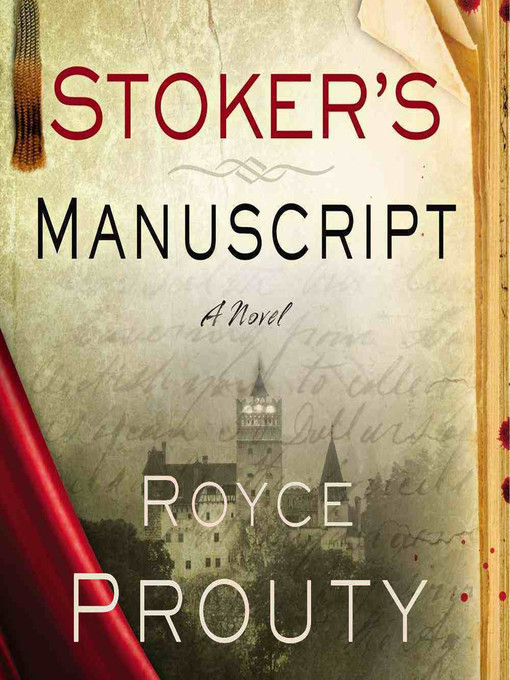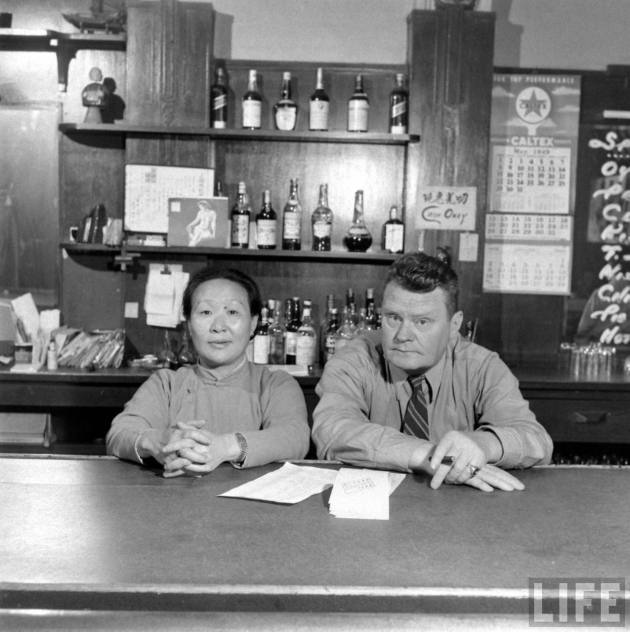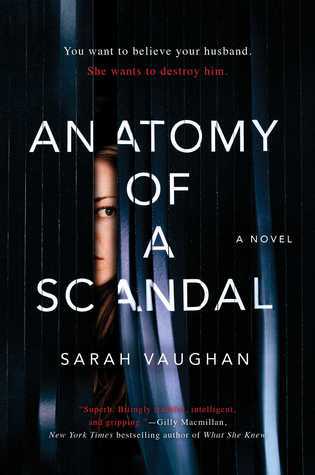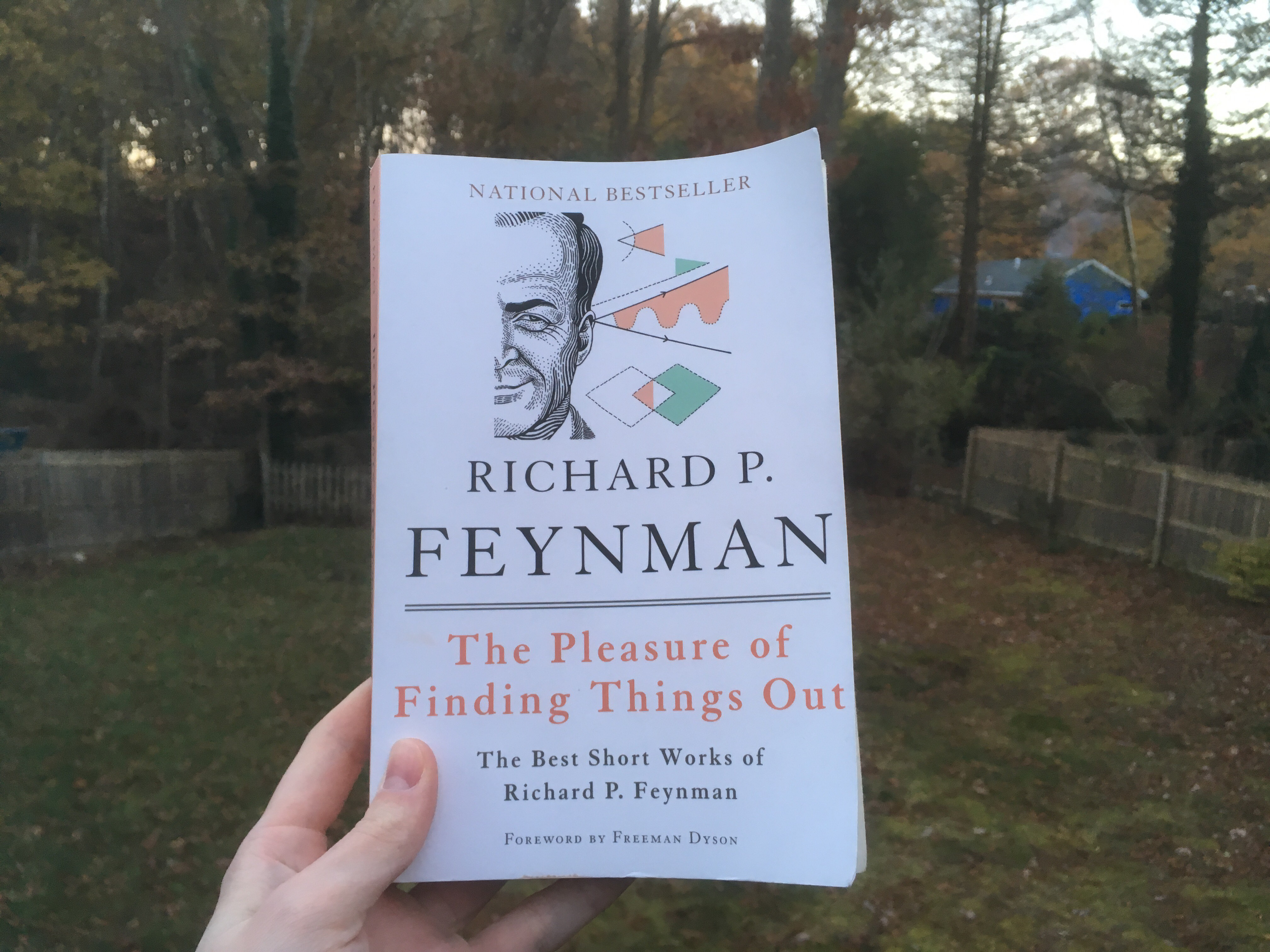It’s a fairly standard conceit to treat Bram Stoker’s classic vampire novel as a chronicle of an actual event, be it a literal chronicle or as a story designed to cover the truth about what really happened. This sort of thing has been a part of literature almost as long as the story has been popular, and it has applied to pretty much all of the other classic monsters as well. That it’s so easy to do that is part of what has allowed these stories to endure. It’s a plot device that never gets old. The only problem is that, much as with other books or movies about Dracula, you have to wade through a couple hundred of them before you find a new one worth your time. Such is the nature of the beast.
This book is told in the first person. The narrator is an orphan. Having grown up in and escaped from the Catholic system that raised him in Romania, he is now a recluse in America, offering his services online as a buyer and seller of rare books and manuscripts. It is in this capacity that he is contacted by an agent representing a Romanian buyer who wishes to remain anonymous. His commission: Bram Stoker’s original manuscript for Dracula, complete with all of the author’s original notes and the unpublished prologue and epilogue. The buyer wants our protagonist not only to verify its authenticity and retrieve it, but to bring it to him personally at Bran Castle, aka the Romanian tourist trap known as “Dracula’s Castle,” the site that inspired Stoker’s novel even though the historical Vlad (and Stoker himself) never laid eyes on it. As our hero learns the contents of these missing chapters, a far larger mystery begins to unfold.
The setup for this is about as straightforward as you could want, but don’t let that fool you. There are a few twists that give it a fresh spin. There’s nothing it in that’ll surprise you, but that doesn’t kill it either. In the telling, it’s less pretentious than Dacre Stoker’s Dracula The Un-Dead and less elegant in its prose than Elizabeth Kostova’s The Historian. It also has a more satisfying ending than either of those two books. As with so many other vampire novels, the author makes his bid to share what “really” happened, to offer his own spin on the “real” rules of vampires, and to explain the undead by scientific means. Results will vary based on your personal dispositions, but if cross your eyes instead of rolling them, the explanations are sound enough to work. Just don’t think about it too much. The end result is a fast, pulpy read, ready-made for offering any classic monster fan a quick fix of fun. And that’s really the name of the game with this one. It’s a 3-star story that’s worth a grin. I’m giving it the extra star just because the writing style is just that good.
4 stars






